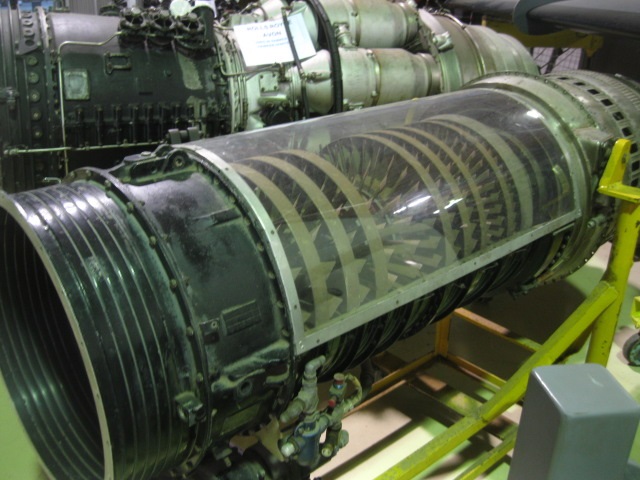

It was intended to have more possibilities for use in a two-engine fighter than Westinghouses earlier X19B turbojet.
#WESTINGHOUSE J34 ENGINE SERIES#
Westinghouse developed the first all-American-designed turbojet engine, and the X24C is the third in the series of Westinghouse turbojets, begun early in 1944. At this time, the only jet engine in the United States was the first Whittle. Westinghouse J34 (24C-2) Turbojet Engine.

In late 1941 the US Navy asked Westinghouse Electric Corporation to commence designing a jet engine for future navy fighters. company to produce a practical afterburner. The afterburner was developed by Solar Aircraft, the first U.S. ĭeveloped during the transition from piston-engined aircraft to jets, the J34 was sometimes fitted to aircraft as a supplement to other powerplants, as with the Lockheed P-2 Neptune and Douglas Skyrocket (fitted with radial piston engines and a rocket engine, respectively). However, equipped with the J34 instead of its intended engines, it was seriously underpowered and could not exceed Mach 1 in level flight. The Stiletto was developed to investigate the design of an aircraft at sustained supersonic speeds. For instance, the Douglas X-3 "Stiletto" was equipped with two J34 engines when the intended Westinghouse J46 engine proved to be unsuitable. Built in an era of rapidly advancing gas turbine engine technology, the J34 was largely obsolete before it saw service, and often served as an interim engine.


 0 kommentar(er)
0 kommentar(er)
